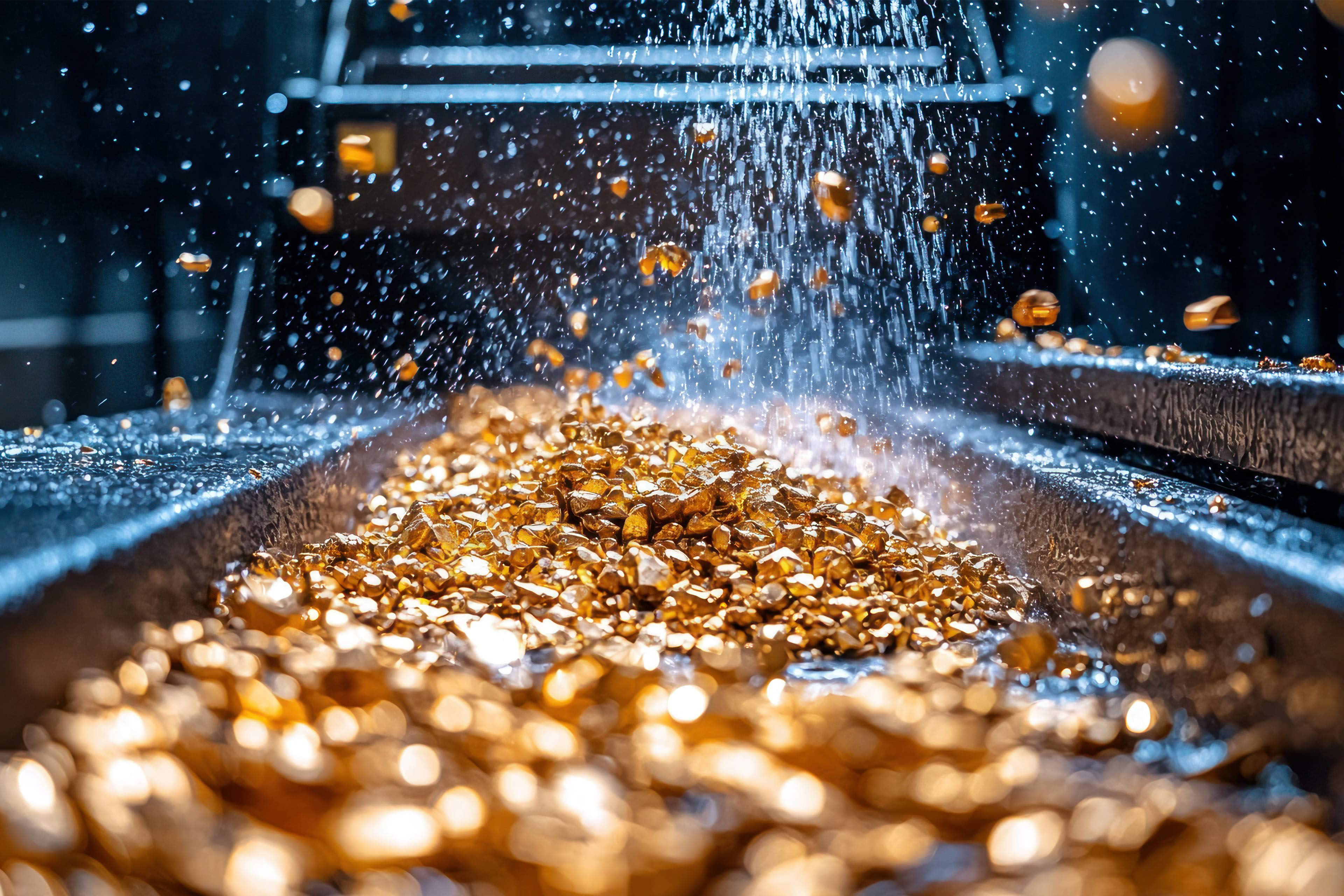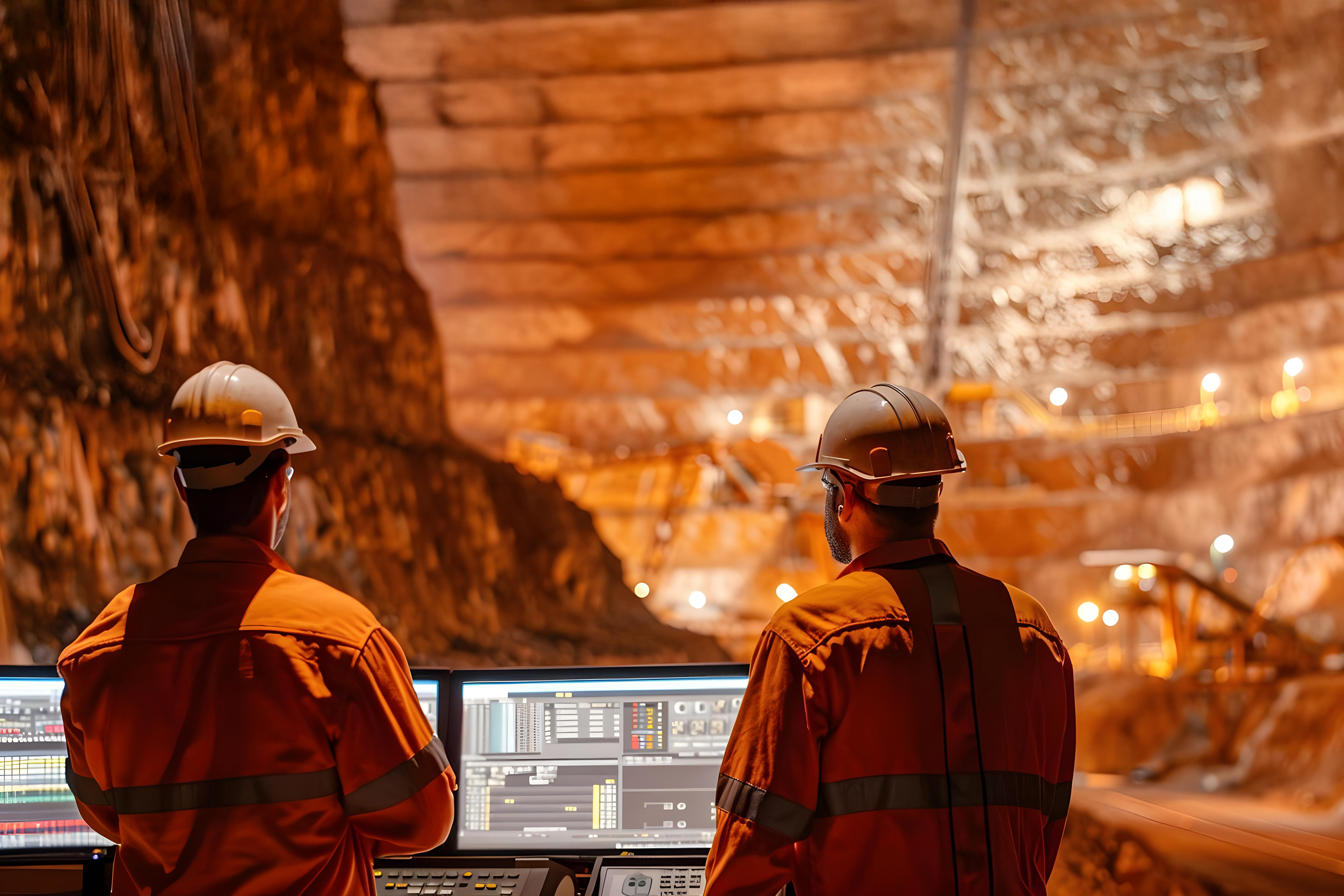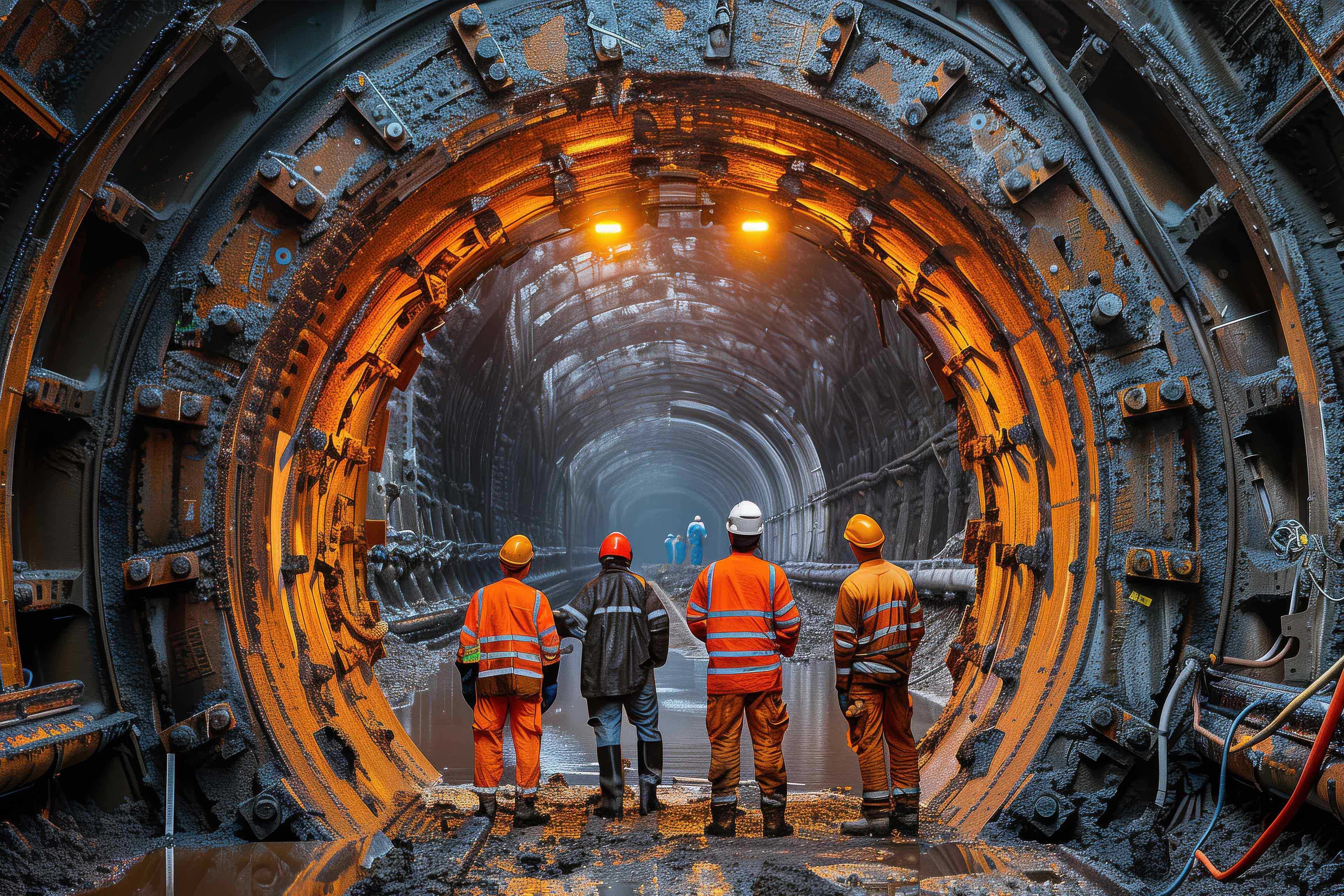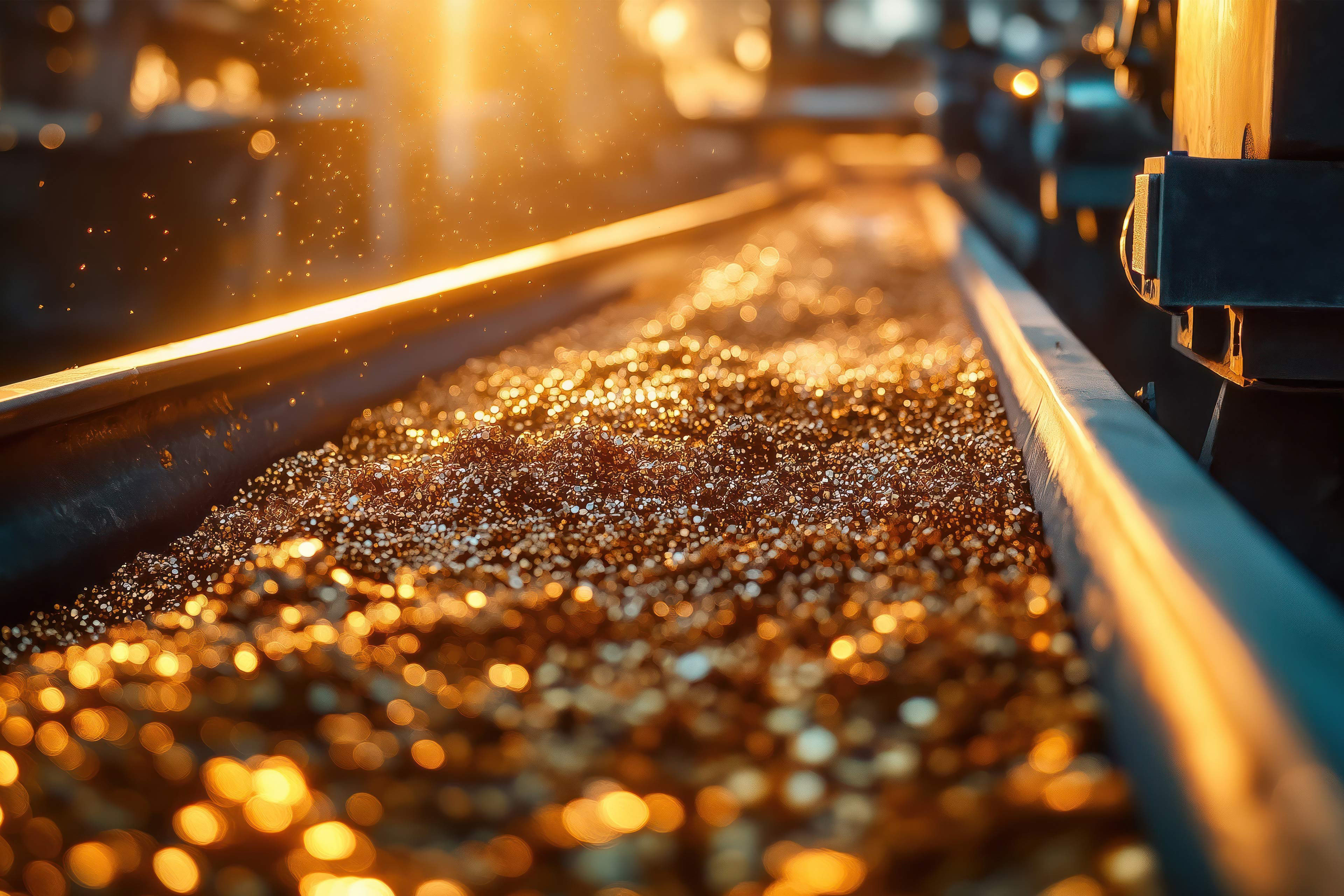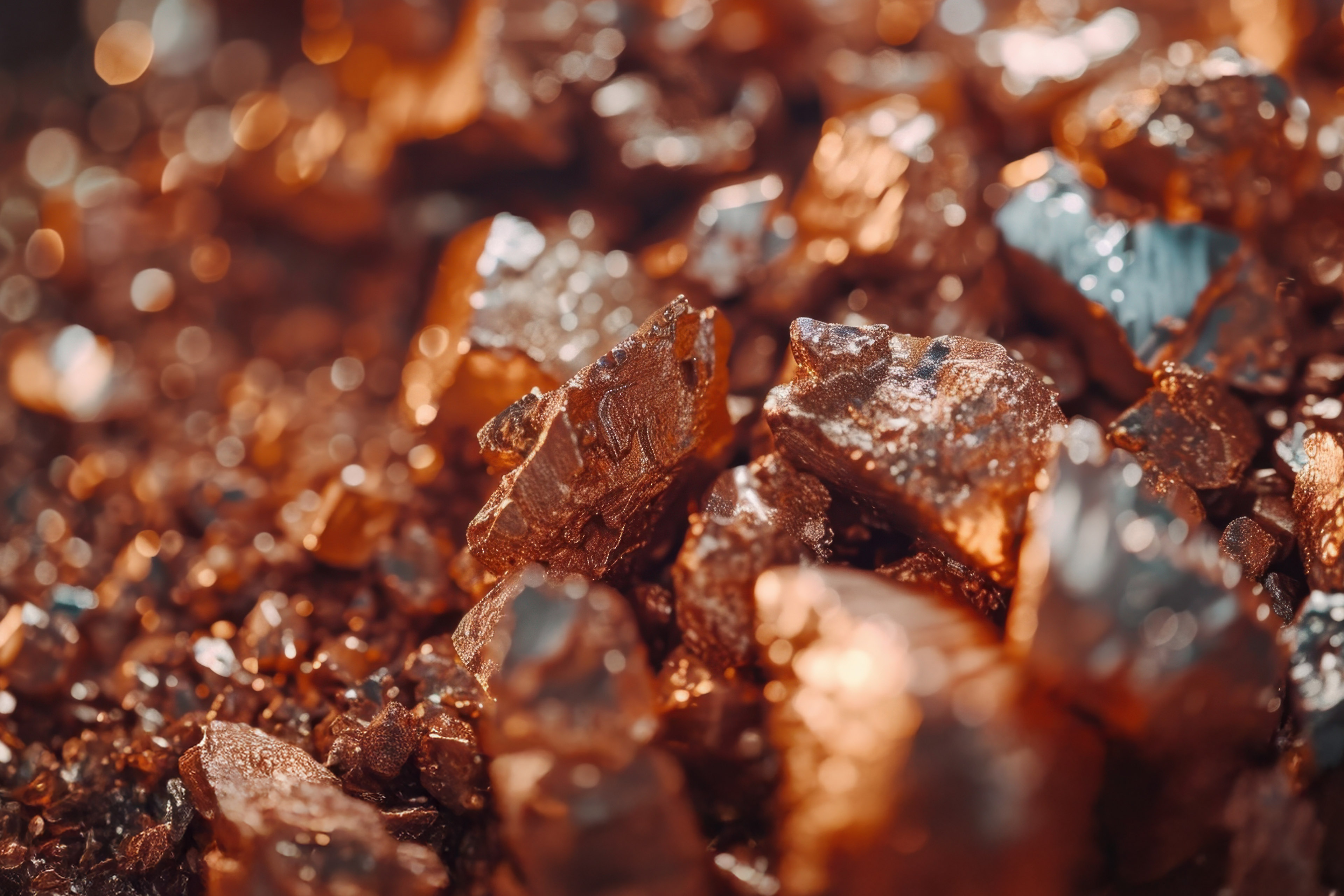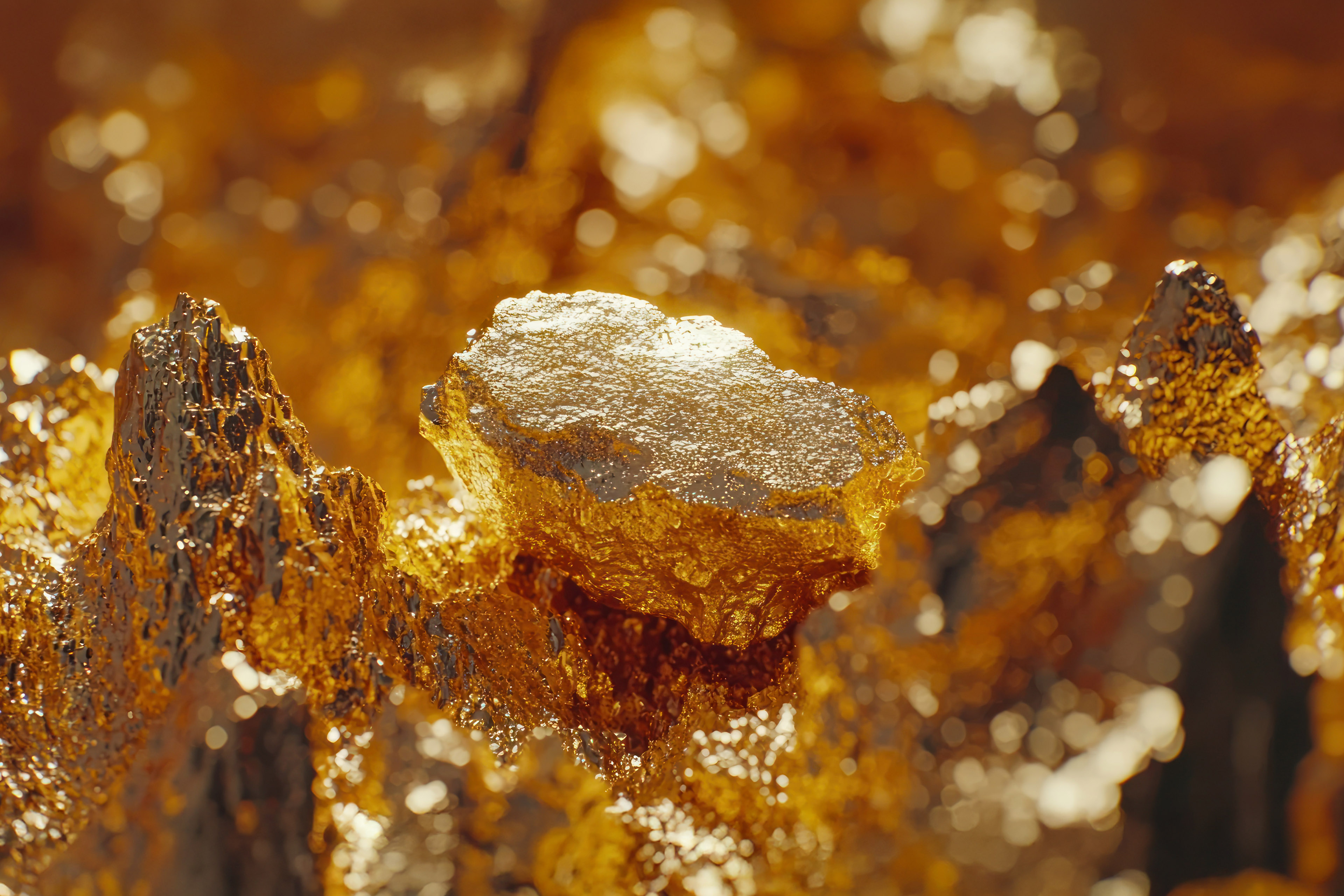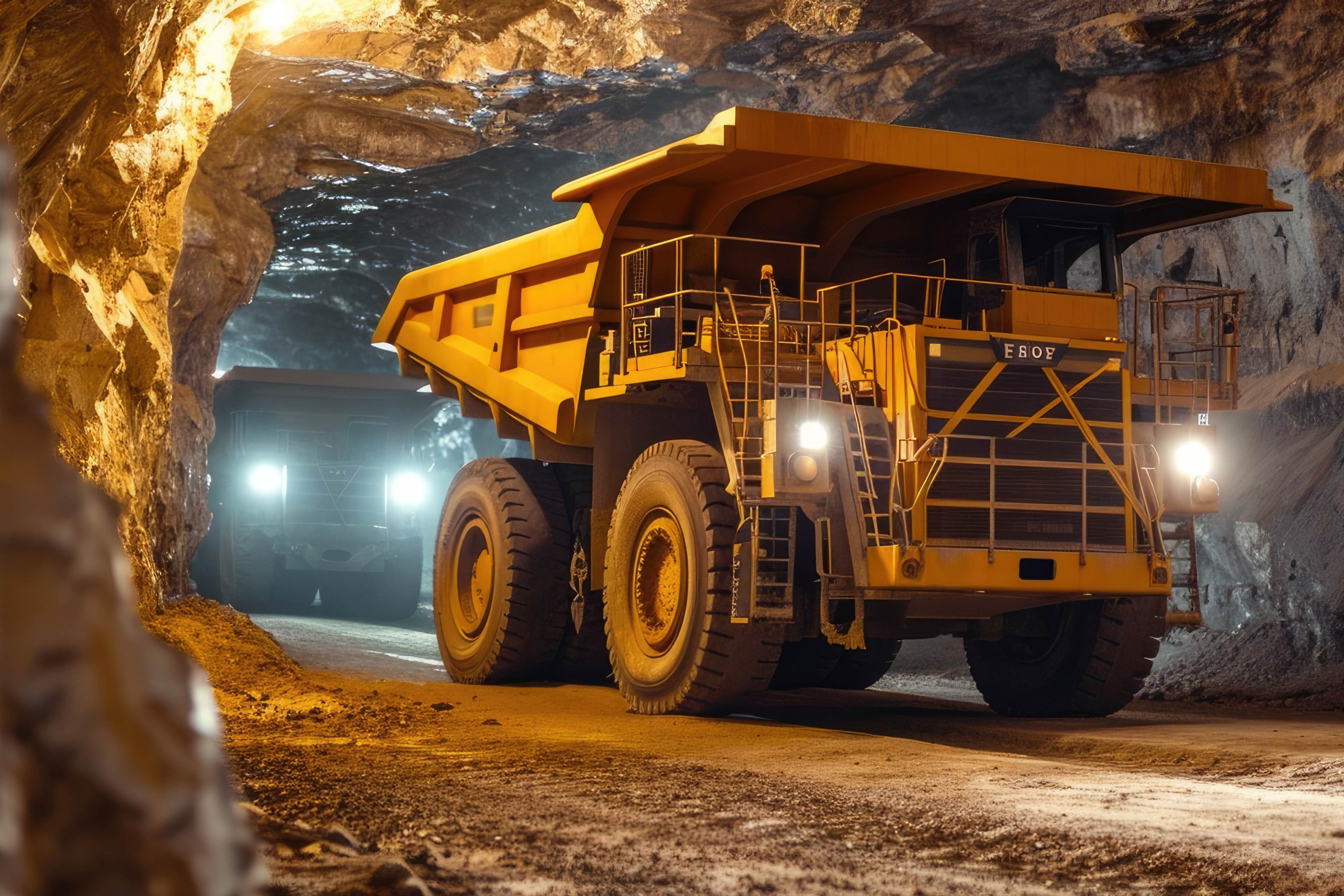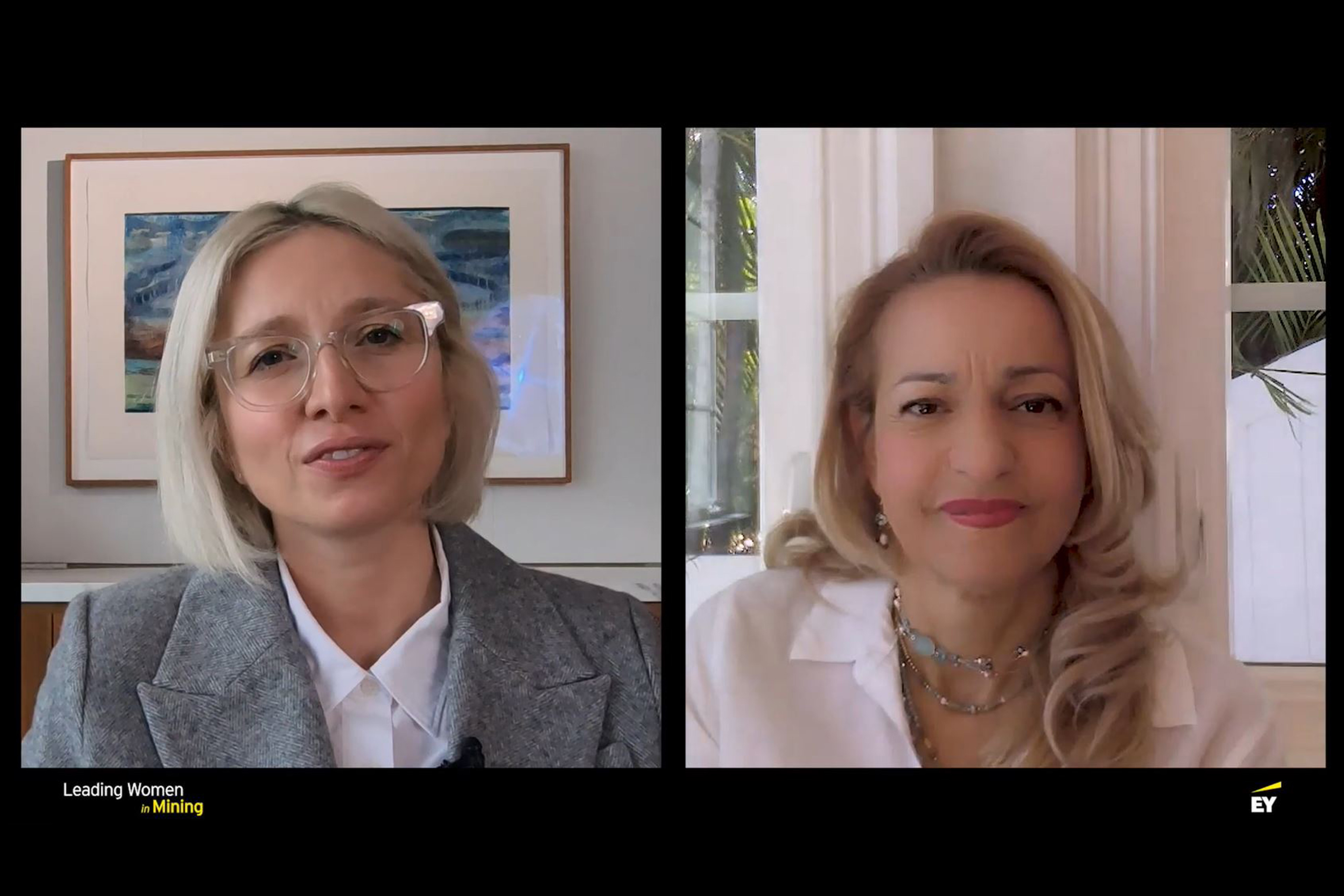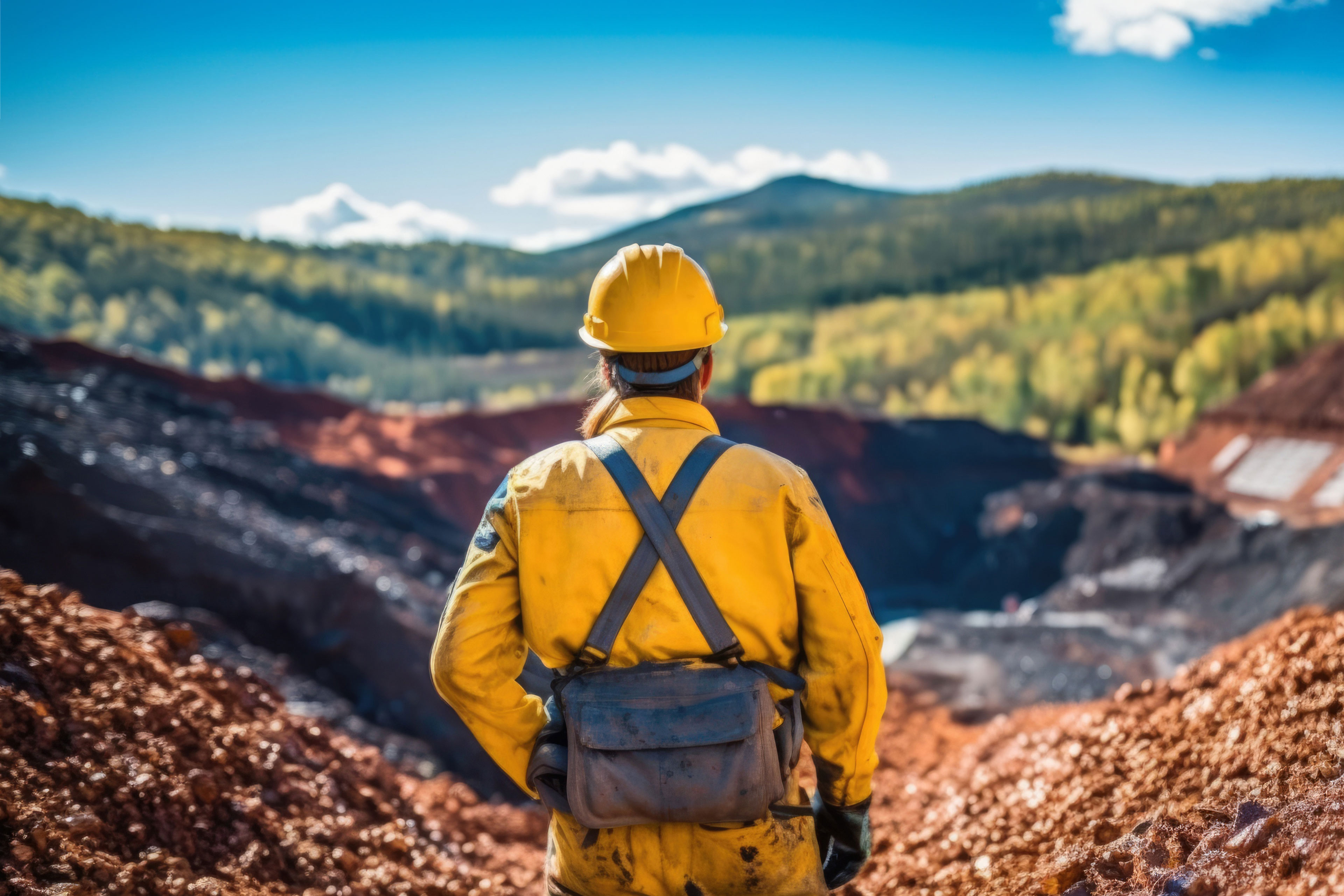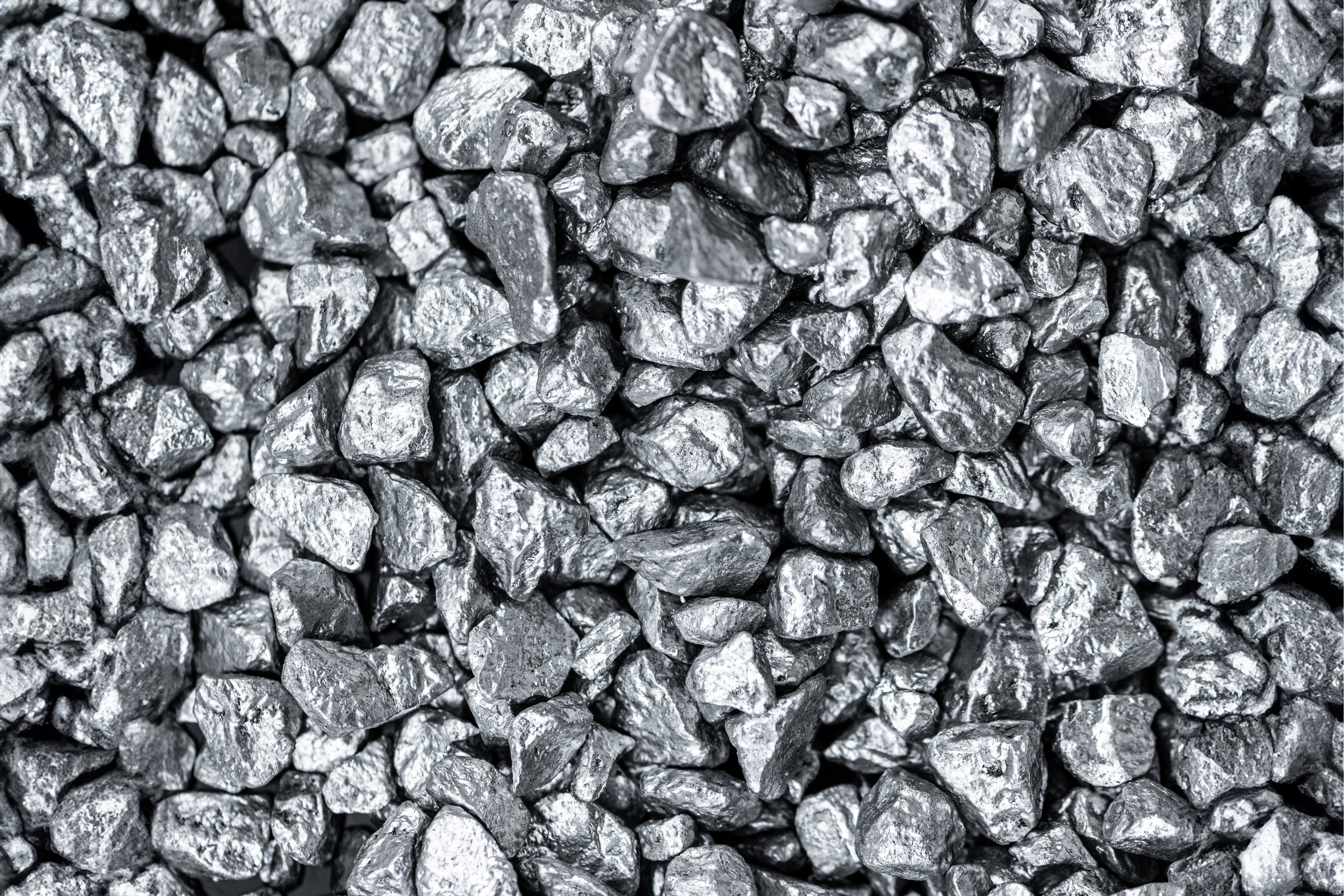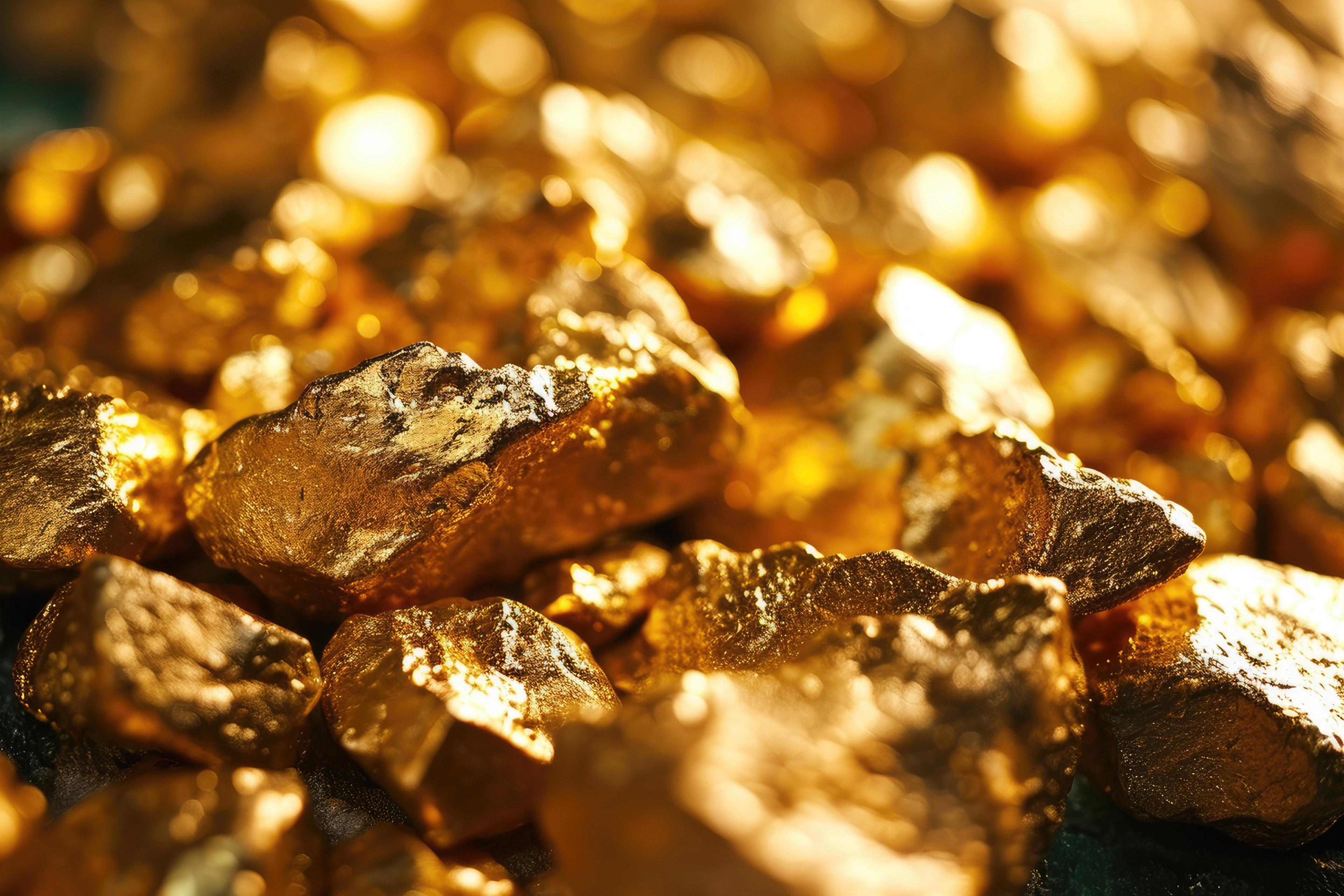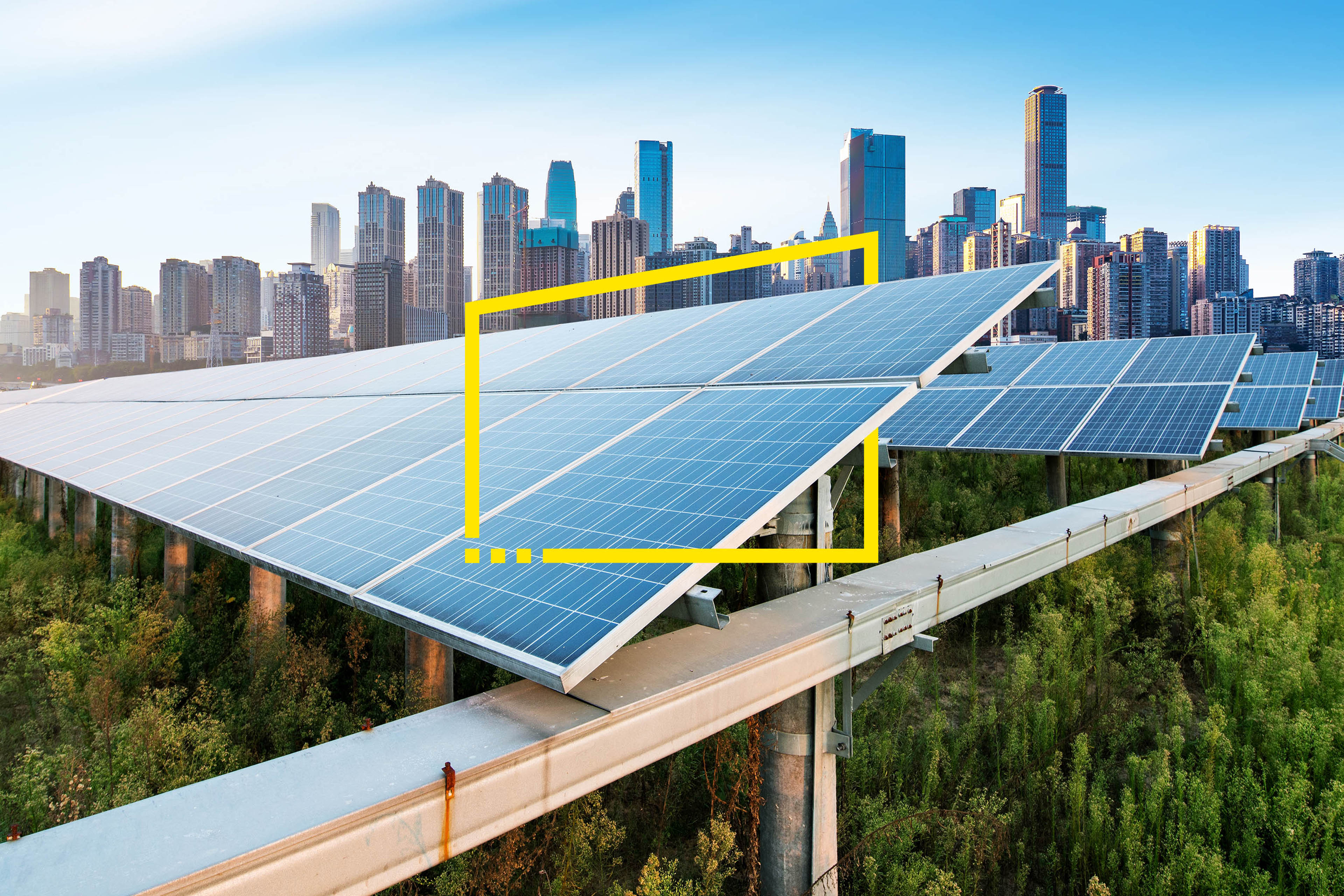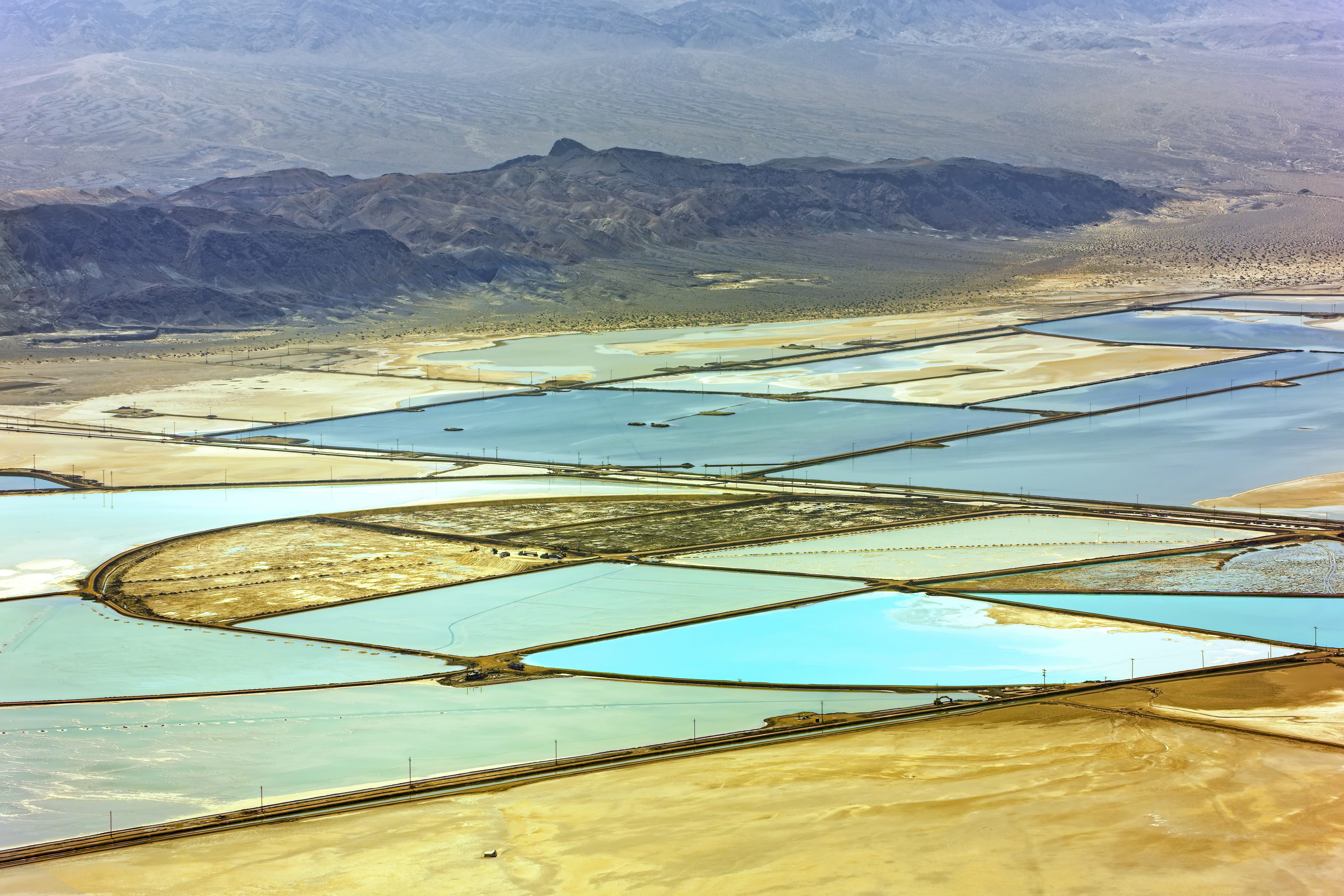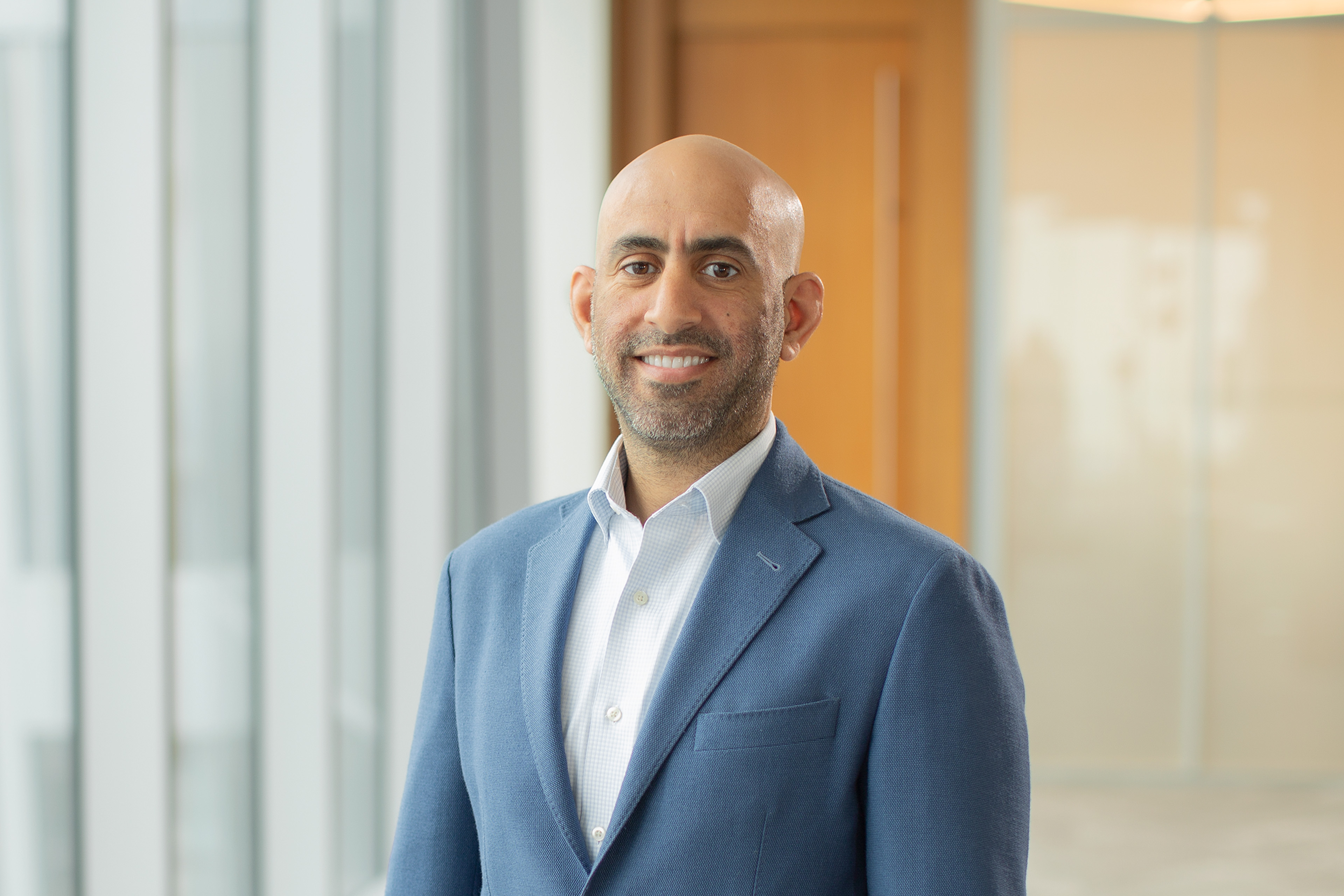EY refers to the global organization, and may refer to one or more, of the member firms of Ernst & Young Global Limited, each of which is a separate legal entity. Ernst & Young Global Limited, a UK company limited by guarantee, does not provide services to clients.
Metals and Mining
Helping metals and minerals companies shape the future with confidence.
Our latest thinking
Metals and minerals: a sector in transition, a decade of transformation
AMMF 2025 explores metals and minerals’ role in sustainability, innovation and decarbonization amid a decade of transformation.
Epic transformation: securing the mine of the future
Explore how advanced mining technologies demand robust cybersecurity to secure operations, protect assets and ensure sustainable growth.
Top 10 business risks and opportunities for mining and metals in 2026
Unpredictable output and tariff tensions mean companies face a new era of operational risk. It’s time to reimagine mining.
Under pressure: how evolving tariffs are reshaping metals and minerals
Tariff changes and trade policy shifts are disrupting metals and minerals. Learn how companies can adapt supply chains and reduce risk.
A mining makeover: inspiring the next generation
The mining sector is evolving as it embraces technology, attracts young talent, and prepares for a major workforce shift to support a sustainable future.
Cybersecurity and metals and minerals: striking a delicate balance
Explore insights from EY's roundtable on cybersecurity in metals and minerals, focusing on AI risks, incident response, and strategies to combat human error.
Leading Women in Mining: fostering change and igniting innovation
Cassie Boggs of Hecla highlights that recognizing strengths, adaptability, diverse skill sets and effective communication in mining for career success.
Considerations for metals and minerals companies on tariffs, trade and transparency
In this webcast, leaders from the metals and minerals sector share insights on today’s complex and fast-changing trade and tariff landscape.
Mining, metals and aggregates: powering future development in the US
The US MMA sector is driving energy transition, boosting economic growth, creating jobs and fostering innovation for future competitiveness.
How silver mining companies can build long-term competitiveness
Silver mining companies boost production amid rising demand, focusing on sustainability, innovation and M&A to enhance competitiveness and long-term value.
How copper companies can drive value amid accelerating energy transition
As copper demand rises, companies are scaling production with sustainability at the core, embracing innovation, circular economy principles, and responsible mining.
How gold mining companies can build long-term competitiveness
Gold mining companies are leveraging high prices to expand operations, drive sustainability, and adopt innovation to boost competitiveness and long-term value.
Unlocking value in mining capital projects: the role of digital
Explore how digital technologies like AWP, BIM, GIS, and digital twin optimize mining capital projects, improving efficiency, safety, and timely delivery.
Leading Women in Mining: Unlocking success through performance improvement
Find out what strategies mining leaders at the forefront should be adopting and prioritizing to drive growth.
Renaissance: defining the next era of metals and minerals
Discover key insights from the EY 2024 Americas Metals & Mining Forum on supply chain, workforce, and sustainability. Read the full article now.
Leading Women in Mining: Carving a successful career through perseverance
Watch Effie Simanikas, North American Mining Executive and Board Member and Recipient of Top 100 Most Powerful Women in Canada Award.
No time to waste: metals and mining organizations must dig deep to stay ahead of cyber threats
Will the increased adoption of technology entice cyber criminals looking to cash in on metals and mining companies’ progress?
How mining and metals companies can navigate ESG tax and regulatory challenges
Learn how mining will play a pivotal role in the energy transition. In this webcast, panelists from across the Americas will discuss the tax landscape.
How silver miners can build long-term competitiveness
Growing clean energy demands and supply deficits require silver miners to shift to sustainable, efficient operations.
Sustainable and efficient operations for copper miners
As demand for clean energy rises and supply falls short, copper miners must transition toward more sustainable and efficient operations. Learn more.
How gold miners can build long-term competitiveness
Gold miners are capitalizing on higher prices to grow their portfolios and prioritizing ESG as gold gains popularity as an investment asset. Read how.
How bold action can accelerate the world’s multiple energy transitions
Our energy system is reshaping at speed, but in different ways across different markets. Three accelerators can fast-track change. Learn more.
Are the global winds of change sending offshore in a new direction?
Turbulent times in the offshore wind sector could change the way large-scale energy projects are built and funded in future. Read more in RECAI 62.
Will local ambition fast-track or frustrate the global energy transition?
The Inflation Reduction Act has triggered competition in renewables, but could unbalance international capital allocation. Read more in RECAI 61.
How Europe can unblock the midstream battery materials bottleneck
Explore how battery materials capacity holdups along the midstream are impacting Europe’s ability to develop a local and sustainable battery economy. Learn More
Why wavering consumer confidence could stall the energy transition
The Energy Consumer Confidence Index reveals that the impact of the energy transition is hitting home. Discover more.
How a modern enterprise resource planning (ERP) system supports growth
Diamondback Energy implements SAP S/4HANA® for a quick-to-market solution with minimal business disruptions.



